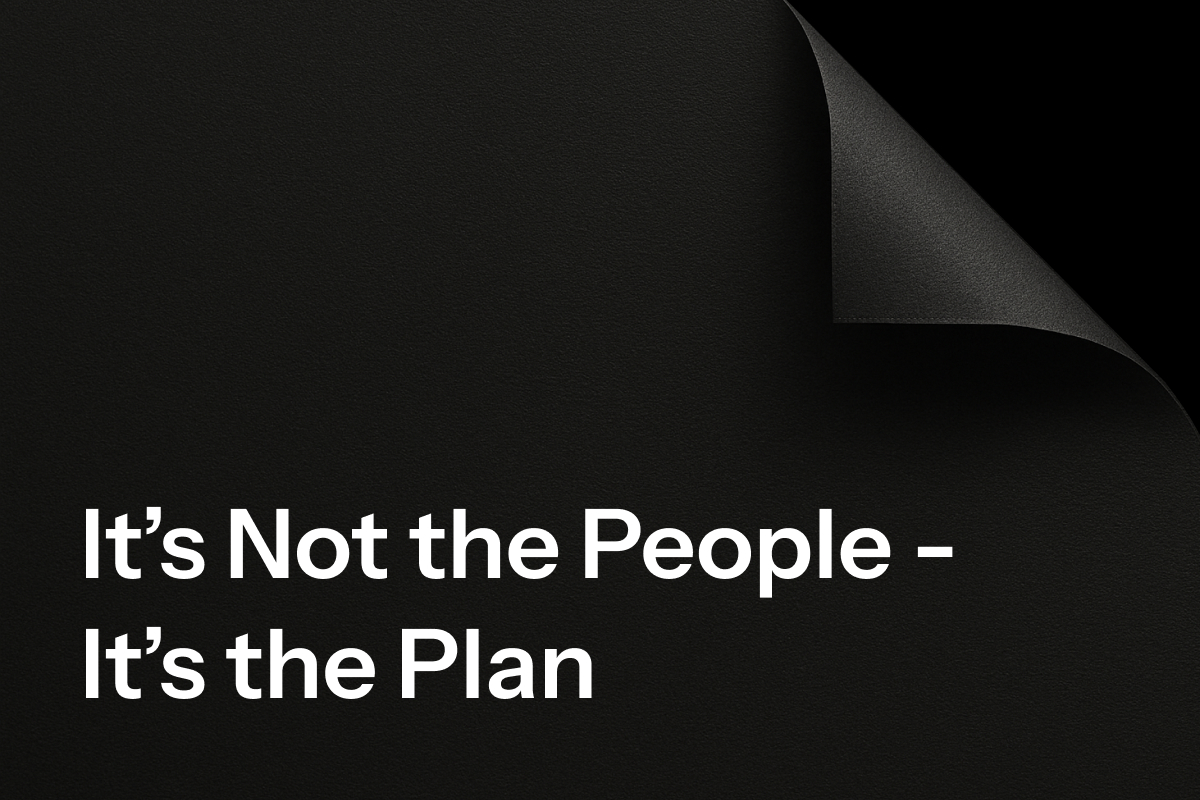Companies frequently encounter situations where seemingly perfect deals slip away despite strong initial meetings, positive conversations, and genuine excitement from clients. Upon deeper examination, the root cause often lies in the proposal itself.
In today’s competitive market, clients are overwhelmed with options, typically reviewing multiple offers simultaneously before committing. The proposal is often the final piece of communication clients evaluate before making their decision, and if it’s unclear, the opportunity is lost.
Why Proposals Matter More Than Companies Realize
Many deals collapse due to poor communication, and a proposal directly reflects a company’s ability to communicate clearly. It’s not merely a document listing services and pricing; it’s the final pitch, the last impression. Yet, many proposals leave clients confused, frustrated, and uncertain.
From a client’s perspective, juggling numerous offers means clarity is crucial. If a proposal raises more questions than answers, clients rarely take time to clarify. Instead, they move on to an offer that’s clearer and more straightforward.
3 Reasons Unclear Proposals Lose Deals
- Client Frustration:
Clients rarely voice their confusion directly. Instead, unanswered questions create internal frustration. When answers aren’t easily found in a proposal, clients disengage quickly. - Lack of Clarity and Poor Presentation:
An unclear structure forces clients to exert extra effort to understand the offer. In an era of short attention spans, proposals must be immediately digestible or risk losing the client’s attention altogether. - Perceived Lack of Professionalism:
The visual appearance of the proposal – consistent branding, professional formatting, and clear fonts, speaks volumes about a company’s professionalism. Poor design signals potential lack of effort on the project itself, raising doubts about commitment and capability.
How to Improve Proposals for Better Results
- Invest Time in Clarity:
Rather than rushing proposals, companies should invest substantial time (8–12 hours instead of 2) into crafting them. This investment often makes the critical difference between winning and losing a client. - Create a Clear Structure:
Use headings, bullet points, tables, and concise paragraphs. Each section must clearly articulate specific aspects of the offer: objectives, deliverables, timelines, pricing, and terms. - Consistent Branding:
Ensure proposals reflect the brand’s identity, consistent colors, professional design, readable fonts, and polished visuals. Presentation is as important as content. - Anticipate and Answer Client Questions:
Before submitting proposals, companies should ask: “What would clients likely ask?” Proposals should proactively address potential queries, reducing uncertainty.
Final Thoughts
Creating clear, engaging proposals is strategic communication. Investing more time in structured, professionally presented proposals reduces misunderstandings, builds client confidence, and significantly improves closing rates.
In sales, clarity isn’t optional, it’s essential. A proposal isn’t mere paperwork; it’s a critical opportunity to showcase professionalism, build trust, and ultimately secure more deals.




